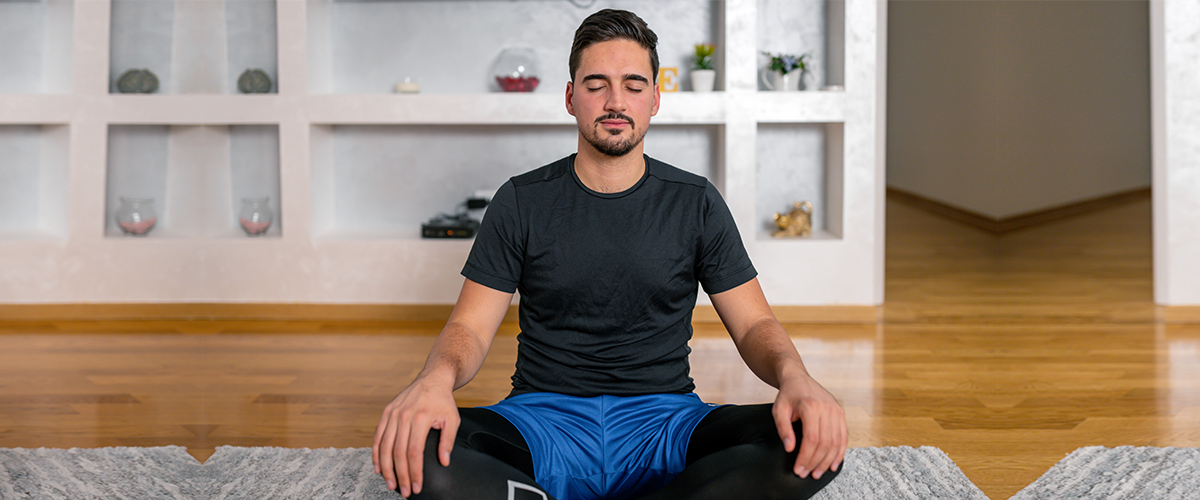Breathing patterns change during activities like talking, singing, or engaging in slow breathing exercises. These changes are primarily due to the modifications in rib cage and abdominal movements. The respiratory system serves many essential functions in the body, making breath control crucial for optimizing vocal performance, especially for classical singers.
Experienced professionals in the singing field enhance their breath control and tonality by activating abdominal muscles. This action increases intra-abdominal pressure and expands the rib cage, thereby improving the capacity for pressure generation within the ribcage.
However, research on identifying consistent patterns of respiratory kinematics in classical singers has been inconclusive. Specifically, it remains unclear how the breathing patterns of trained classical singers differ from those who are untrained. According to the National Association of Teachers of Singing, focusing on abdominal breathing is one of the most effective teaching methods for enhancing breath support and performance.
Abdominal muscles play a significant role when we speak or sing. Observations during classical singing performances have shown that singers contract their abdominal muscles at peak performance, resulting in an inward movement of the abdomen. This contraction enhances breath control. A case study by Sauro Salomoni, Wolbert van den Hoorn, and Paul Hodges, published on journals.plos.org, delves into the specifics of breathing patterns and their objectives among classical singers.









